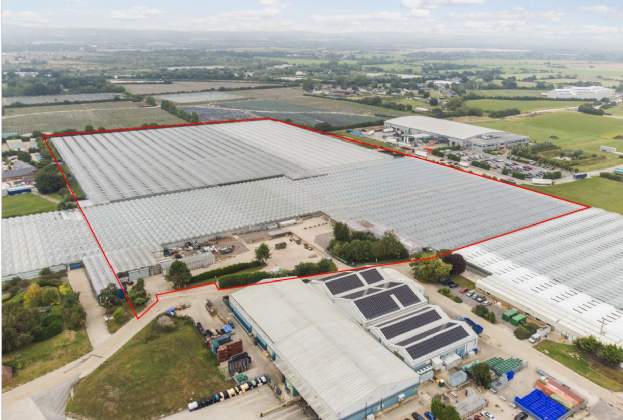The number of golf courses in Europe more than doubled between 1985 and 2015, with the majority of growth taking place prior to 2005. The number of registered golfers has followed a similar trajectory, though it has decreased slightly since 2010. While many sources cite this as being due to the financial crisis, a number of articles and research have suggested that the underlying picture is more complicated and reflects myriad factors.
HSBC’s 2012 Golf’s 2020 Vision report envisaged the future of golf as being more international, with broader participation and becoming a more flexible and accessible game. This is alongside it becoming more technologically engaged and courses being sustainable in design and operation, something those looking to invest in golf courses need to bear in mind. We are now three years away from these projections and while the game is certainly exploring opportunities to use technology and ways to attract more players, it feels like there is still a way to go.
In terms of diversifying the player base, a recent social media survey undertaken by the PGA Tour suggests that the percentage of millennials (those aged between 18 and 35) who play golf is around 28 per cent, mirroring that group’s percentage of the total population, although they only play half as frequently as previous generations. This has led golf course owners to diversify and think outside the box on how to attract and keep new members, including improving club houses and hosting events such as weddings (see Golf courses prove to be a hole-in-one for investors).
As for sustainability, this is a concept that is considered in many courses, if only due to the economic impact of heavy irrigation, numerous bunkers and chemical treatments. A sustainable course aims to maximise a golfer’s enjoyment all year round and where this coincides with economic gains then it would be foolish for owners not to work and develop in this manner.
Looking at Europe, Spain and Portugal have long been popular golfing destinations but France and Germany are increasing their number of golf courses while offering a very different setting and topography of course in general. The Czech Republic has also become a popular golf destination over the last few years.
And let’s not forget the UK’s forthcoming departure from the EU – will it impact the golf industry at all? Golfers were quick last year to discuss the implications for the Ryder Cup. But it transpires that Brexit will have no apparent impact, given that the UK remains within the continent of Europe and therefore able to compete as such.
Other long-term impacts have become no clearer, with the only immediate economic differences being visible such as prize money switching to dollars with the drop in the pound, cheaper British golfing holidays for visitors and more expensive trips abroad for Brits. But taxation is likely to change and alterations to VAT laws could affect clubs in regard to member and visitor fees for non-profit making members’ clubs, so perhaps we will see an impact further down the line.
Further information
Read more: Aspects of Leisure
.jpg)


.jpg)

.jpg)

.jpg)
.jpg)
.jpg)
